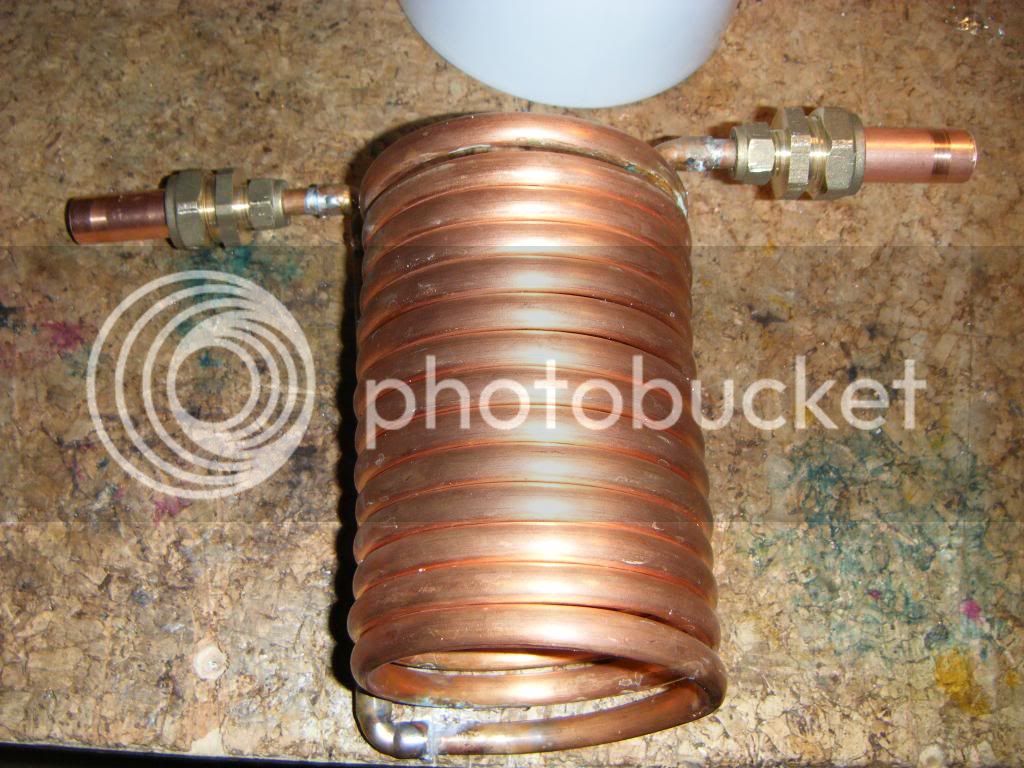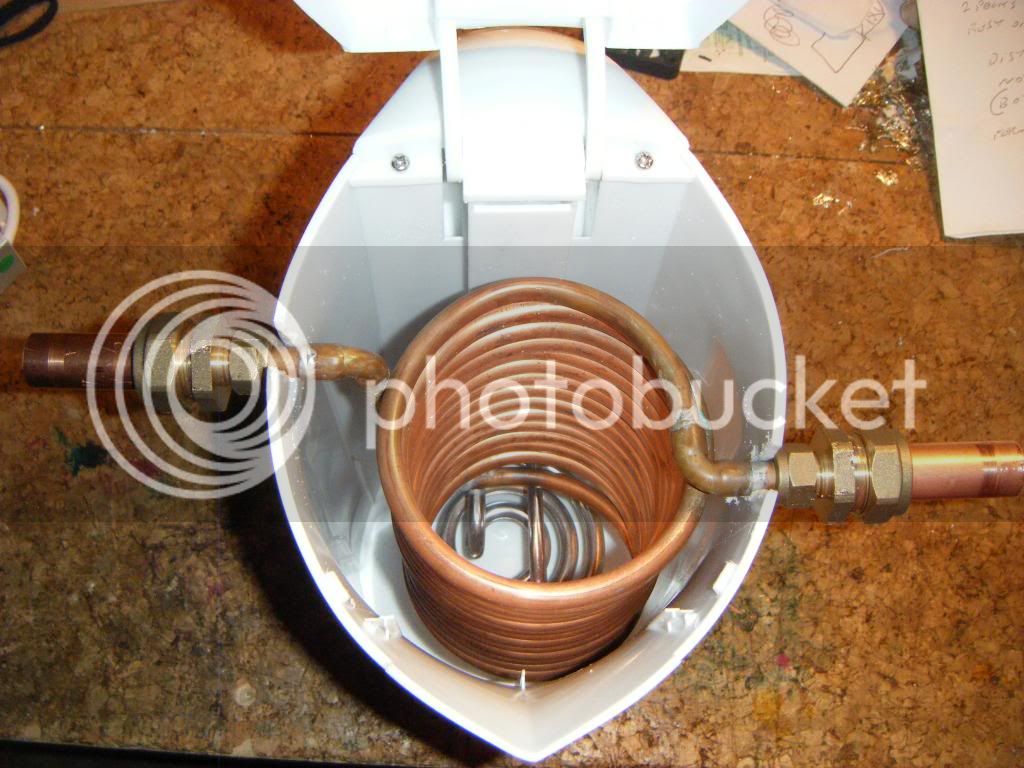bobsbeer
Well-Known Member
I am going to change my plastic bucket and tesco element HLT to a 38lt thermobox. Being insulated it should be more efficient. I am also thinking of putting a herms coil in the HLT. Has anyone done this? Any reason why not? I know I would be heating a lot of water, but I would be doing this anyway for the sparge, so why not use the heat for the mash? The MT is also a 38lt thermobox. And it would only mean one pid type controller rather than two. I have also seen smaller thermoboxes on ebay, 4lt, although they are not much less expensive than 38lt ones. What about the internal coil? Can that be copper 10mm or is it better to have stainless steel?








